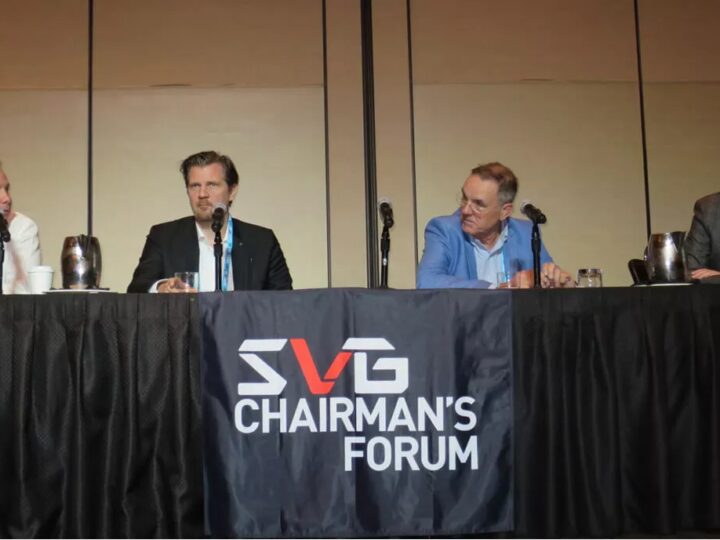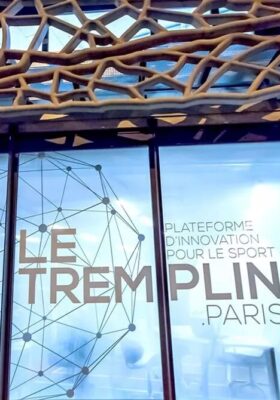IP-Based Switching System Offers Superior Opportunities

“Even though Internet Protocol (IP)-based systems are still in a phase where standards need to evolve and necessary features need to be consolidated, the opportunities they offer in terms of remote and centralised production are simply superior,” Christian Gobbel, HBS’ Chief Technical Officer told attendees at last week’s SVG Chairman’s Forum in Las Vegas. “We will see IP-based broadcast operations being used more and more in the coming months and years.”
Kicking off NAB week, the SVG Chairman’s Forum panel allowed Gobbel, alongside IMG’s David Shield and Alan Bright, to discuss how IGBS, a 50-50 joint venture between IMG and HBS, will take advantage of IP technology to create new ways to handle Master Control Room (MCR) operations and more later this year at the Rugby World Cup 2019™ in Japan.
However, HBS has already seen the benefit of the evolving technology in an operational environment. Infront, HBS’ parent company, together with ORF, were the Host Broadcaster of the 2019 FIS Nordic Championships that took place in March in Seefeld, Austria. HBS, tasked with the technical set-up and MCR operations for the event, commissioned a fully IP-based data transportation network, which allowed for decentralised video and audio switching. The set-up consisted of a central core system (pod), interconnected to multiple distribution pods redundantly via fibre. Once connected, the core and distribution pods functioned as one non-blocking switching unit.
The decentralised switching system was especially apt for the FIS Nordic Championships event, where competition locations Seefeld and Bergisel were separated by about 25 kilometres and production facilities were split across three areas (HB TV compound, RHB compound, IBC). The set-up allowed for easy transport of multiple signals through the existing dark fibre infrastructure provided by Austrian telecom company A1.
Easy fibre transportation of the video and audio isn’t the only revolutionary thing about the IP-based switching network. Owing to the decentralised nature of the set-up, individual units can be installed in different physical locations and are interconnected either via dark fibre or WAN infrastructures. Pre-packed IP pods can also be installed much faster compared to a conventional SDI-based system, which requires SDI routers and distribution amplifiers.
“With five different competition and production locations, the 2019 FIS Nordic Championships were an exciting engineering challenge,” Gobbel explained. “The technical infrastructure that was implemented allowed for time-saving, more flexibility in the workflows and will have a positive impact on the production of events of all sizes.”
At Seefeld, around 60 VandA circuits were interconnected redundantly over a distance of 800m between the HB facilities and the IBC, with distribution of feeds made available both at the IBC and at the RHB TV Compound next to the IBC. In total, more than 40 feeds and isos were made available to the rights holders taking advantage of the decentralised nature of the IP distribution network.
The deployment at the Rugby World Cup 2019™ will be a bigger test, but, as Christian explained at the SVG Chairman’s Forum, the cost-effective and future-proof approach using IP-based systems offers a lot of potential benefits to the industry.

